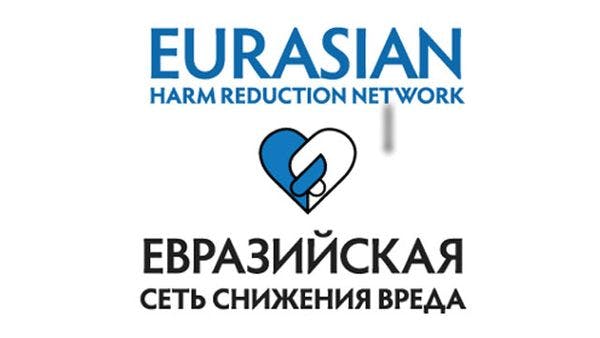Que s'est-il passé avec le Réseau Eurasien de Réduction des Risques (EHRN)?
EHRN n'existe plus comme organisation mais le réseau est bel et bien vivant et une autre ONG a été établie pour continuer les programmes de réduction des risques dans la région. Pour plus d'informations, en Anglais, veuillez lire les informations ci-dessous.
By Drug Reporter
After the office was raided and computers were seized, the members of the staff and the Steering Committee announced their resignation from EHRN. Is this the end of the network? No, it is only the end of EHRN as an organisation but the network is alive and well. Another NGO has been registered to provide a new organisational framework. This is the story from the former co-chair’s perspective!
I received many questions after I resigned as the co-chair of EHRN. I know it must be frustrating for many members and allies to receive news that contain limited, sometimes conflicting information and don’t let them to see the whole picture. I am not a staff member and I was not involved in the day-to-day management of the network so I don't know all the details - but I feel it is my duty to tell you the story from my perspective.
When I was elected as the co-chair of the Eurasian Harm Reduction Network in 2014, I did not expect that the network will undergo the most serious organisational crisis during my term. It was a challenging period, with changing drug markets, new outbreaks of HIV, rising political populism, budget cuts, and retreating international donors all over the region. But the network itself was fit for purpose, and it seemed we had everything needed to face the problems: committed and capable staff members, stable financial resources, a vibrant and colourful membership. I thought the main challenge we had to focus on would be how to mobilise membership more effectively to implement our two main strategic goals, that is, to push national governments to reform repressive drug laws, and to provide resources for harm reduction programs.
Click here to read the full article.
